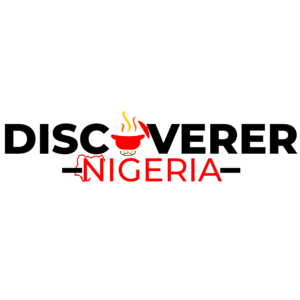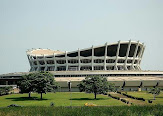It was a routine day covering proceedings at the national assembly in 2017, when I got a message from Toromade Samson, a colleague in our Lagos office: “Shiite protesters are approaching the assembly entrance.”
As the Abuja correspondent for Pulse Nigeria, I was used to jumping from one major event to another, balancing time, accuracy, and pressure. But clashes between protesters and police were unpredictable—this one was escalating fast, and I had minutes to capture the scene before it spiraled further.
I rushed outside to find protesters demanding the release of their leader. As the crowd grew, police in riot gear attempted to hold them back. Tensions flared, and within moments, chaos erupted—tear gas filled the air, protesters scattered, and shouts mixed with the clang of barricades. With no time to waste, I started gathering information, moving between the two sides to get clear, first-hand accounts. Witnesses, still shaken, described how the protest turned violent. Police officers, on edge, gave terse statements, trying to maintain control.
Here’s how I tackled reporting on such a high-stakes story without missing a important details:
1. Work with a skeleton draft. Back at the senate press centre, I immediately typed up a draft. The basics went in first—who, what, where, and when. Even while collecting more details, I kept refining the draft in real-time, which helped me build the narrative fast.
2. Focus on key sources. I knew I wouldn’t have time to speak to everyone, so I focused on key sources: an organiser who detailed the group’s motives, an eyewitness who saw the clash unfold, and a police officer who explained their response. These perspectives gave the piece authority and balanced insight, even under time constraints. I also took some pictures and a short video for our social media platforms.
3. Edit in real-time. I wrote and edited simultaneously, keeping sentences clear and concise. I reviewed for accuracy and flow one last time before drafting at the backend and publishing.
The story captured the urgency of the protest, and my editor praised its clarity and precision. That day taught me that even in the midst of a breaking, high-stakes event, a clear framework, sharp focus, and on-the-go editing can make all the difference in delivering quality journalism under intense deadlines.
What’s your craziest deadline story? I’d like to hear it!
#deadlines #journalism #breakingnews #protest #NeverSettle





























